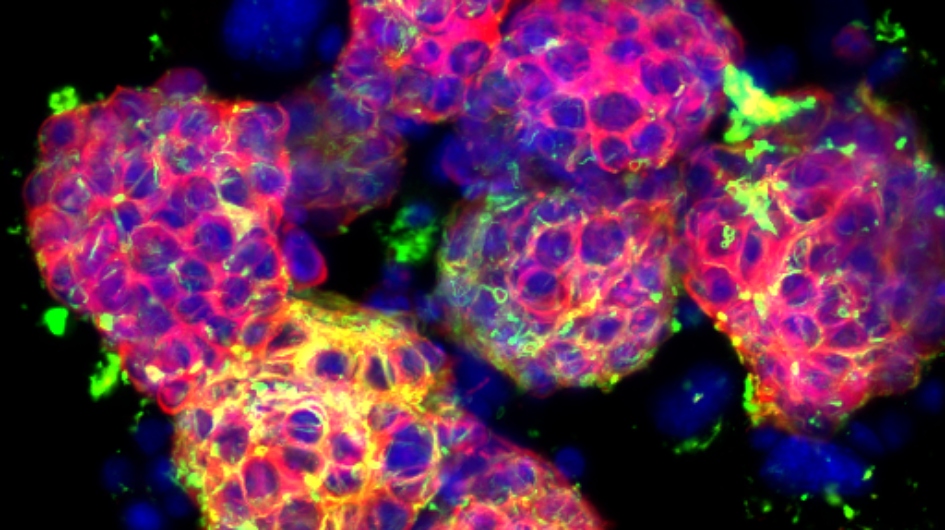(IN BRIEF) Scientists at The Institute of Cancer Research in London have made significant strides in understanding why some cases of neuroblastoma—a pediatric cancer of nerve tissue—result in poorer outcomes. Their research indicates that mutations in the ATRX gene, which affect approximately 10 per cent of high-risk neuroblastoma patients, may be responsible for altering the tumour immune microenvironment. These mutations appear to activate inflammatory pathways that attract macrophages, potentially aiding tumour survival and growth. Given that ATRX mutations are not found alongside MYCN gene amplification, these patients form a distinct subgroup with a challenging, treatment-resistant disease profile. Funded by Neuroblastoma UK and Cancer Research UK and published in Cancer Letters, the study highlights the need to correlate ATRX status with immunotherapy responses to develop more targeted treatment regimens for this vulnerable patient population.
(PRESS RELEASE) LONDON, 24-Mar-2025 — /EuropaWire/ — New research from The Institute of Cancer Research in London has shed light on the biological processes that may underlie poor outcomes in some cases of neuroblastoma—a cancer that originates in nerve tissue and predominantly affects children. The study, which focused on a high-risk form of the disease, found that mutations in the ATRX gene—a gene critical for regulating various parts of the genome and normal childhood development—play a significant role in altering the tumour immune microenvironment (TIME).
Utilizing an array of investigative techniques, the research team discovered that common alterations in ATRX disrupt local interactions between cancer cells and immune cells. Their findings reveal that these mutations trigger the activation of inflammatory pathways, which in turn boost the recruitment of macrophages into the tumour environment. These immune cells, once present in the TIME, may inadvertently support tumour survival and progression. Such immune infiltration was markedly higher in tumours with ATRX mutations compared to other neuroblastoma subtypes, suggesting a potential link to the less favorable clinical outcomes observed in these patients.
The implications of these results are significant. They suggest that children with ATRX-mutated neuroblastoma—accounting for roughly 10 per cent of high-risk cases—might experience a more treatment-resistant and slowly progressive disease. Moreover, because ATRX mutations do not coexist with MYCN gene amplification (which is present in about 35 per cent of high-risk cases), this subgroup represents a distinct clinical entity. The researchers believe that correlating ATRX status with responses to existing immunotherapies, which are standard for all high-risk patients, could pave the way for more tailored and effective treatment strategies.
The study, funded primarily by Neuroblastoma UK and Cancer Research UK, is published in the journal Cancer Letters. Federica Lorenzi, Postdoctoral Training Fellow and first author, noted the challenges of working with a rare patient subgroup, emphasizing the painstaking efforts required to develop new models and gather sufficient patient data. Senior author Dr Sally George, Group Leader of the Developmental Oncology Group at ICR and Honorary Consultant Paediatric Oncologist at The Royal Marsden NHS Foundation Trust, expressed optimism that these insights into the TIME will ultimately contribute to more personalized and effective treatments for children with neuroblastoma.
Media Contact:
Tel: 0203 437 3502
email: mediaoffice@icr.ac.uk
SOURCE: The Institute of Cancer Research
MORE ON COMPANY NAME, ETC.:[custom-related-posts title=”” none_text=”no related news and press releases” order_by=”Date” order=”DES”]


